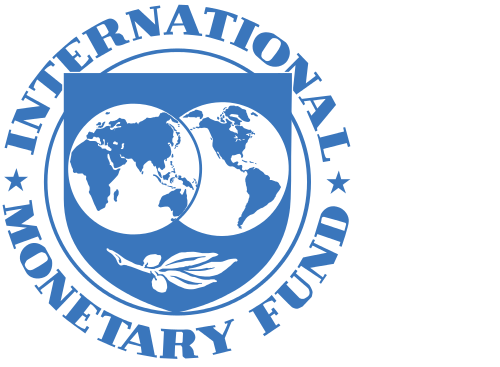The IMF reports that the Middle East and Central Asian region’s oil-exporting countries are expected to post solid growth in 2012, largely on account of Libya’s better-than-expected post-conflict recovery:
Libya’s post-revolution recovery in hydrocarbon production has advanced faster than expected, reaching close to 90 percent of the pre-conflict level. Despite daunting challenges in the aftermath of the revolution, economic activity is recovering rapidly with the restoration of hydrocarbon production (see figure). As of June 2012, total hydrocarbon output reached more than 1.52 million barrels per day, up from an average of 166,000 barrels per day during the conflict period in 2011, and is expected to increase to the preconflict level by 2013.
This faster-than-expected recovery has already given a momentous boost to Libya’s hydrocarbon exports and raised the budget and current account surpluses. Non-resource sectors of the economy have also seen a broad-based turnaround, led by public spending on reconstruction and the release of pent-up private demand.
As a result, real GDP is now projected to increase by a record-breaking 122 percent in 2012, after contracting by an estimated 60 percent in 2011. Predicated on an improvement in the security situation, economic growth is also expected to remain robust, at an estimated rate of 17 percent in 2013 and an average 7 percent per year in 2014–17.
 The economic outlook remains favorable, but is subject to some downside risks. Most of the UN sanctions that had frozen the country’s foreign assets—a total of 200 percent of 2010 GDP—were lifted by the end of 2011, allowing the Central Bank of Libya to reaffirm the exchange rate peg, provide foreign exchange liquidity to banks, and help normalize banking operations. Increased hydrocarbon revenues will lead to a fiscal surplus of 19 percent of GDP and increase the current account surplus to 22 percent of GDP in 2012.
The economic outlook remains favorable, but is subject to some downside risks. Most of the UN sanctions that had frozen the country’s foreign assets—a total of 200 percent of 2010 GDP—were lifted by the end of 2011, allowing the Central Bank of Libya to reaffirm the exchange rate peg, provide foreign exchange liquidity to banks, and help normalize banking operations. Increased hydrocarbon revenues will lead to a fiscal surplus of 19 percent of GDP and increase the current account surplus to 22 percent of GDP in 2012.
The normalization of imports and transaction costs is expected to lower consumer price inflation from an annual average of 16 percent in 2011 to 10 percent in 2012 and about 1 percent in 2013, despite the upward pressure on domestic prices arising from supply bottlenecks in housing and transportation. Notwithstanding these favorable developments, intensifying strains in the global economy may exacerbate downside risks to growth, lowering petroleum prices and presenting additional challenges to Libya’s hydrocarbon-dependent economy.





